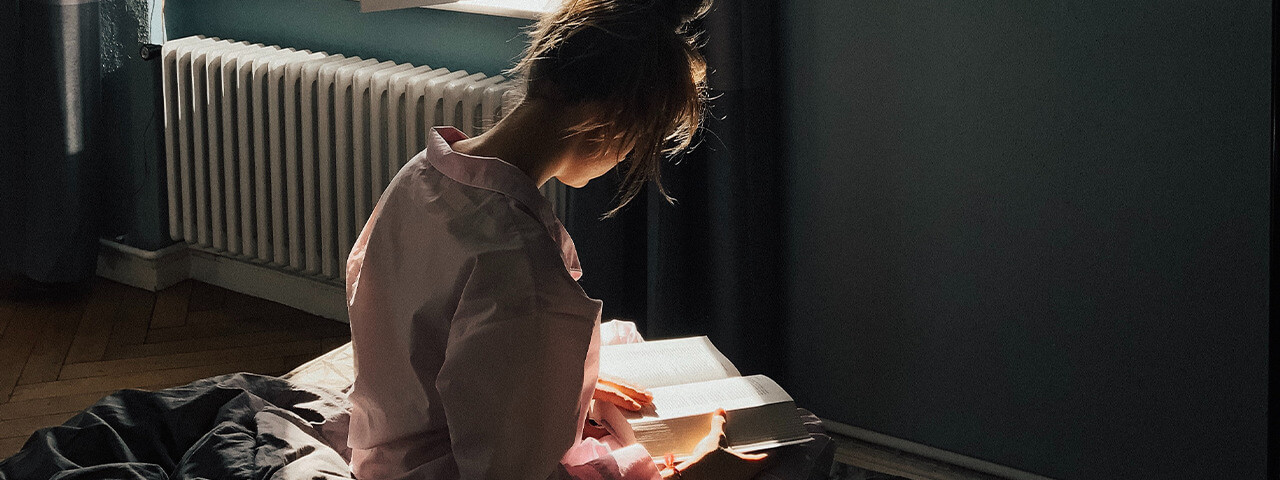
Sensitivity To Light And Your Vision
Experiencing sensitivity to light — a condition called photophobia — is a symptom of a multitude of conditions and disorders. In its mildest form, photophobia causes discomfort in the presence of bright light. More severe cases of photophobia can produce eye pain, headaches, nausea, and dizziness even in a dimly lit environment.
Those who are light-sensitive can experience discomfort from any source of light, whether natural or artificial. A photophobic individual may feel the need to blink frequently or close their eyes in bright indoor or outdoor environments.
In some cases, light sensitivity may be caused by a problem with the visual system. That’s where a neuro-optometrist can help. If you suspect you have photophobia or are experiencing eye discomfort in bright or dim settings, call for a functional visual evaluation.
What Can Cause Photophobia?

Eye conditions and diseases that can trigger photophobia include:
- Dry eye
- Iritis or uveitis
- Eye burns
- Glaucoma
- Corneal abrasion
- Eye surgery
- Blepharospasm
- Keratitis
- Conjunctivitis (pink eye)
- Retinal damage
- Cataracts
- Dilated pupils
Light sensitivity can also accompany:
- Headaches or migraines
- Brain injury and concussions
- Meningitis
- The use of certain drugs
- Bacterial and viral infections
The Visual System and Photophobia
All cases of photophobia should be addressed by an eye care professional to rule out an underlying inflammatory condition, infection, or concussion. If that has been done yet symptoms persist, there could be a problem with visual functioning — the way the eyes and visual system function together.
If the connection between the eye’s light-detecting cells and the optical nerve becomes disrupted, it can result in light sensitivity.
Furthermore, if the eyes don’t work in unison with each other or don’t communicate with the brain efficiently, this could strain the visual system and lead to photophobia.
Post-concussion photophobia can stem from the dysfunctional operation of 1 or more of the 4 regions of the brain.
- The thalamus filters all visual information that enters the brain. If the brain isn’t sending enough oxygen to the thalamus, which can occur after a traumatic brain injury (TBI), the thalamus may not perform efficiently, causing the brain to be overwhelmed by an influx of visual stimuli — such as bright light.
- The autonomic nervous system (ANS) regulates things like breathing, heartbeat, blood pressure, and more. If the ANS becomes dysregulated, it can cause the pupils to overly dilate, letting in too much light for the visual system to process.
- A malfunctioning vestibular system can also cause photophobia. This system consists of the inner ear, eyes, and sensory detectors in our limbs to regulate balance and motion. If there is a discrepancy between either of those areas, the brain may compensate by increasing sensitivity in one of the areas — such as the eyes.
- The superior colliculus in the midbrain manages visual mapping as well as coordination with other senses. An imbalance in this area can cause vision and other senses to become hypersensitized.
How a Neuro-Optometrist Can Help
A functional visual evaluation with will determine if a problem with the visual system is causing or contributing to your photophobia.
If visual dysfunction is detected, we may recommend a personalized neuro-optometric rehabilitation program to treat the underlying cause of your symptoms. This specialized form of therapy involves the use of various filters and prisms, as well as visual exercises to strengthen the eye-brain connection.
If you or a loved one suffers from photophobia, call to schedule a functional visual evaluation and start your journey towards healing.
References:
- https://www.webmd.com/eye-health/photophobia-facts#1
- https://www.neurovisualperformance.ca/2020/01/03/photophobia-and-light-sensitivity/
- https://medlineplus.gov/ency/article/003041.htm
- https://www.cognitivefxusa.com/blog/light-sensitivity-causes-and-concussion-deep-dive
